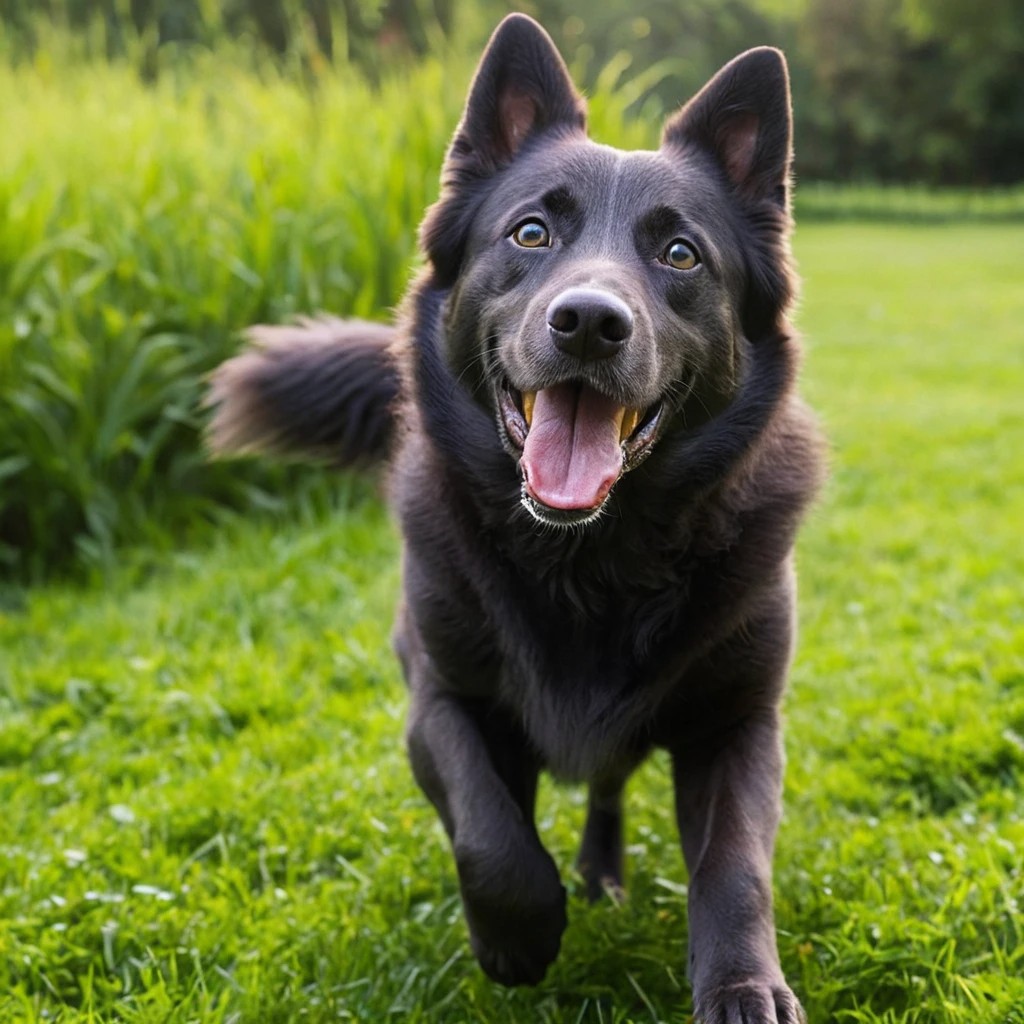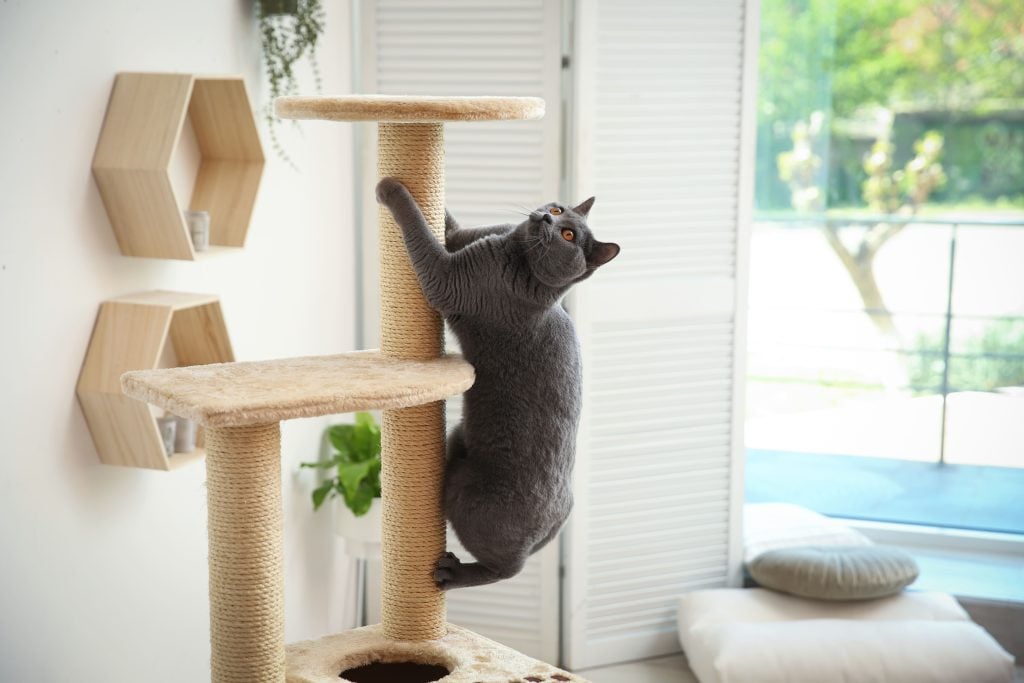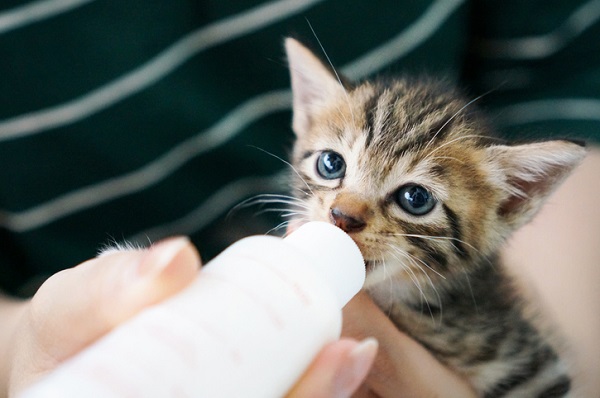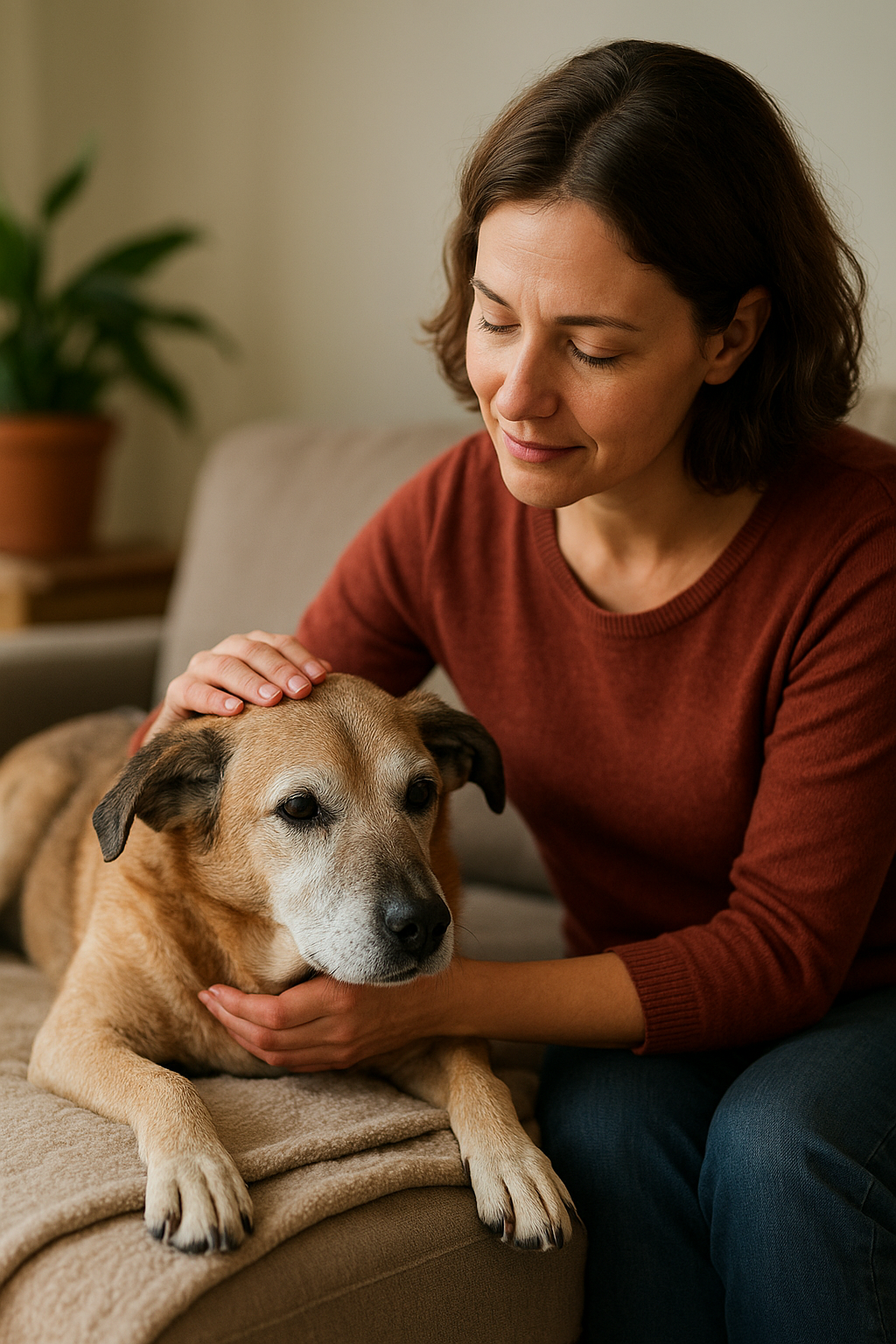Por que alguns cães custam algumas centenas de dólares enquanto outros são vendidos por milhares — ou até milhões? 🤔 Não se trata apenas da aparência. O valor de uma raça de cachorro é influenciado por uma combinação complexa de história, genética, raridade e demanda . Neste artigo, analisaremos os 10 principais fatores que tornam uma raça de cachorro valiosa no mercado atual. 💰🐕
🧬 1. Genética e linhagem puras
Um dos maiores impulsionadores de preço é a linhagem . Cães de linhagens campeãs , com ancestralidade clara e sem doenças genéticas, alcançam os melhores preços.
- Criadores respeitáveis investem em testes e rastreamento de gerações
- Quanto mais pura a linhagem, mais exclusivo o cão
📜 Pense nisso como bens de luxo: quanto menos falhas, mais valor.
🌍 2. Raridade da Raça
A escassez aumenta a atratividade. Raças como o Lowchen ou o Lundehund Norueguês são raras globalmente, frequentemente com menos de algumas centenas de filhotes nascendo a cada ano.
- Oferta limitada cria alta demanda
- Mais difícil de encontrar = preço mais alto
🦴 Raro significa mais que exótico — significa exclusivo.
🧠 3. Inteligência e Treinabilidade
Cães que são fáceis de treinar ou capazes de executar tarefas complexas (como trabalho de serviço ou apoio policial) geralmente têm maior valor.
- Exemplos: Border Collie, Poodle, Pastor Belga Malinois
- Cães com alto QI são ideais para obediência, agilidade ou trabalho
🎓 Um cão inteligente não é apenas divertido, é funcional.
💡 4. Traços físicos únicos
Cores incomuns de pelagem, cores de olhos ou características corporais distintas podem aumentar o preço, especialmente se forem reconhecidas por clubes de canis .
- Olhos azuis, pelagem merle ou jubas de leão
- Raças como o Samoieda e o Mastim Tibetano se destacam
🎨 Único = inesquecível.
🐾 5. Padrões de qualidade de exibição
Criadores que criam cães para exposições caninas geralmente seguem diretrizes rígidas sobre:
- Tamanho, simetria, marcha e temperamento
- Apenas a maior porcentagem de filhotes tem “qualidade de exibição”
🏅 Esses cães são as supermodelos do mundo canino.
📦 6. Custos de criação e entrega
Algumas raças são caras para criar e cuidar , o que aumenta seu preço:
- Inseminação artificial ou parto cesáreo
- Dietas especializadas ou cuidados pré-natais para a barragem
- Verificações e certificações veterinárias
🚼 Eles não são apenas filhotes — são investimentos.
🐕🦺 7. Função e Propósito
Raças desenvolvidas para funções específicas geralmente têm valor extra:
- Cães de guarda (Cane Corso, Dobermann)
- Cães de pastoreio (pastor australiano, Mudi)
- Cães de terapia/serviço (Labrador, Golden Retriever)
🛡️ Cães motivados = alta demanda.
📈 8. Influência de popularidade e tendências
As mídias sociais e a cultura das celebridades podem elevar o valor de uma raça da noite para o dia.
- Os buldogues franceses se tornaram extremamente populares graças às celebridades
- Shiba Inus explodiu com memes e fama de criptomoeda
🔥 Cães da moda trazem preços da moda.
🏠 9. Compatibilidade com estilos de vida modernos
Raças que se adaptam bem à vida urbana , perdem poucos pelos ou são hipoalergênicas tendem a ser mais desejáveis para donos de apartamentos.
- Poodles, Havaneses e Basenjis estão em alta demanda
- Silencioso, limpo e pequeno = mais valor nas grandes cidades
🧼 Conveniência é uma característica de luxo.
👨👩👧 10. Reputação do Criador
De quem você compra importa. Um criador ético e renomado que oferece:
- Garantias de saúde
- Suporte vitalício
- Treinamento de socialização
- Documentação adequada
…pode cobrar um preço alto pela garantia de qualidade.
🤝 Confiança = vale o custo extra.
💬 Considerações finais: Mais do que apenas um cachorro
Ao pagar caro por um cachorro, você não está comprando apenas um animal de estimação — você está comprando herança, confiança, funcionalidade e compatibilidade de estilo de vida . Seja um cão de trabalho raro ou um filhote de cachorro de design para apartamento, o valor vem de muito mais do que apenas pelo e fofura. 🐶💎













